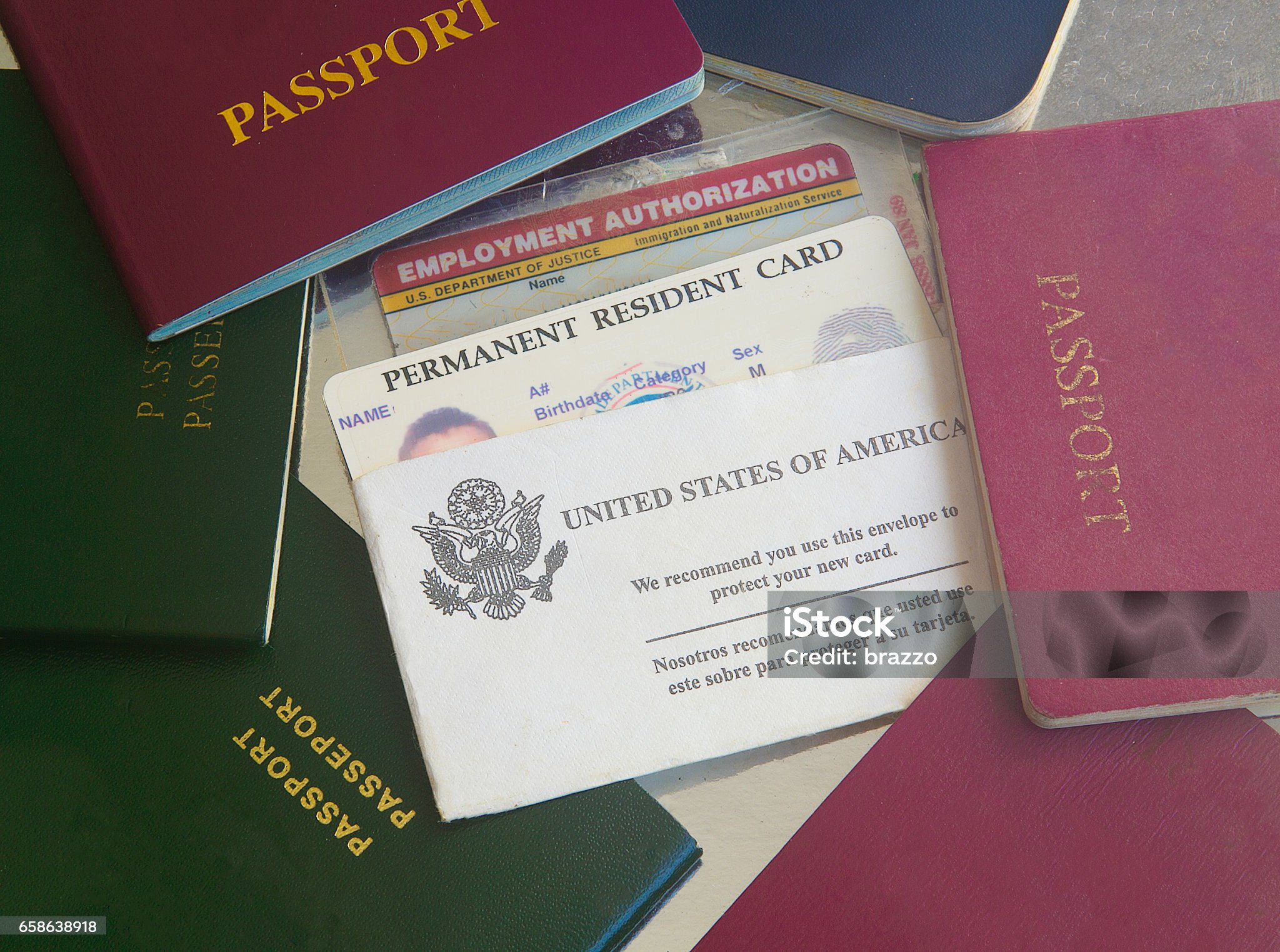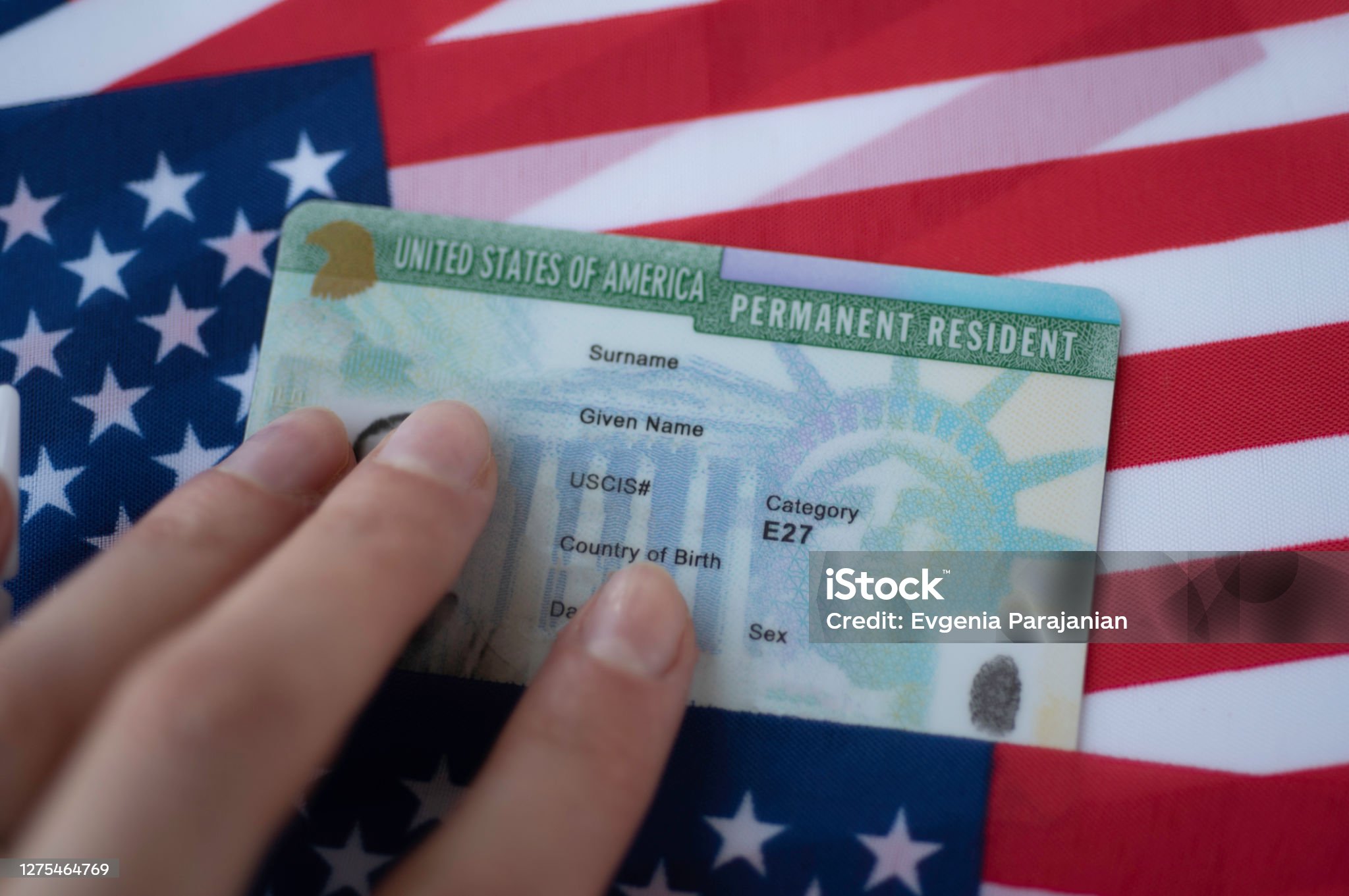Future Trends in Digital ID Systems plus Fraud Prevention Measures for Secure Transactions
Future Trends in Digital ID Systems plus Fraud Prevention Measures for Secure Transactions
Blog Article

1. Introduction to Personal Identification Documents
Identification documents have significant personal and societal impacts. Serving as "permissions" and "access tools," these documents ensure smooth societal operations. Various types of identification documents exist, with each fulfilling a unique role. Take, for instance, a copyright, which confirms an individual's legal ability to drive, and a copyright, which acts as proof of citizenship and permits border crossings. These documents are the most useful from a personal point of view and play a crucial role in the transaction of contracts, for example, when applying for a job, accessing services, purchasing insurance, or renting a vehicle. Many times, financial institutions might wish to view such documentation if the borrower appears unreliable or does not have a very strong credit history. Such identification serves dual purposes: proof of identity and legal authorization for various activities.
Historically, identification documents did not hold as much importance in daily affairs as they do today. The importance of these documents has grown alongside changes in security measures and legal requirements. Technological advancements have permitted the development of security systems that far exceed the ID technologies currently available to consumers. Many countries are moving toward biometric technology to standardize their identification systems. A few countries have implemented electronic exit strategies.
A person's identification documents serve as a formal confirmation of their legal standing. The "real identification" recognized documents worldwide include passports, copyright, copyright, and driver's licenses, at both global and national scales. Many people store their identification documents securely under lock and key and ensure quick access to them when required.
This discussion focuses on the importance and legitimacy of documents like the IDP, Real ID, copyright, copyright, copyright, and resident permits to raise awareness about their significance. Both educators and the public ought to be aware of these key identification papers, as it could be useful in preventing the loss or aiding in the recovery of such essential items. This information is intended for both domestic and international readers to ensure they do not miss the most important documents they need for their own knowledge and ideals.
2. Legal Structures and Rules Overseeing Identification Documents
Identification documents fall under different laws and regulations depending on the jurisdiction. Documents are issued to individuals by authorized bodies, following strict guidelines meant to preserve their accuracy and integrity. In some cases, identification documents may be required, but in other instances, they are used as optional verification or validation. It is the responsibility of the individual to comply with the legal guidelines set by the jurisdiction where the document is to be used. In summary, it is important for individuals to understand the local or specific legal requirements that apply to them in any jurisdiction where they expect or plan to carry out any transaction or to use such documents. For the most part, government agencies at the state or local level issue, regulate, and restrict certain documents for use in certain transactions.
However, the differences in identification requirements across jurisdictions may interfere with international travel and commerce. Thus, it is a widespread issue when travelers feel disconnected and confused when traveling internationally and encountering different identification document regulations. While it is impractical to outline all the specific regulations from each country, it is crucial to recognize that with almost 200 nations and billions of people interacting, understanding the rules is important for global travel and commerce. By not following the rules, individuals could violate another country's laws, and that is where the rules of reciprocity and international legality come into play. Failure to comply could cause legal implications, both civil and criminal, by infringing on laws about identity, privacy, commerce, trade, and human rights.
The balancing of public policies with protected rights can be complicated when establishing security standards for identification in travel. In some cases, human rights can come into conflict with public security measures regarding the most secure identification rules needed to combat terrorism. Finally, within the last five years, with the rise and acceptance of digital mobile driver's licenses, countries have been clarifying or drafting new laws and regulations to govern their use, which remains an evolving area. The next frontier for global travel is believed to be the use of digital identification for global travel. Even with the world moving toward mobile driver licenses, there will still be a need for a copyright, it seems, for some time into the future. 
The standard and evolution of mobile driver licenses and digital ID is occurring too. For example, almost two years after California passed its law defining mobile copyright requirements, stakeholders are about to agree on formal regulations for the first state-sponsored mobile copyright.
3. A Comparison of International Driver’s License, Real ID, copyright, copyright, copyright, and Resident Permit
An International Driver’s License serves as a form of identification for individuals driving in foreign countries. Neither the United Nations nor the International Non-Governmental Organization designed the International Driver’s License for the purpose of traveling between states.
The Real ID is intended to be a widely accepted identification for domestic travel, along with state-issued driver’s licenses and IDs that meet federal standards. In addition to domestic travel, the Real ID grants access to federal facilities and nuclear power plants. However, the Real ID is not meant to replace a travel document, copyright, visa, or residency permit. Though some people may use it abroad as an identification and date of birth document, the Real ID is primarily intended for domestic use.
More specifically, passports are in the United States a form of original rather than derived identification. A copyright is primarily used as a tool of foreign diplomacy; it was created to safeguard citizens from arrest and assist them in traveling for diplomatic or non-obligatory negotiations. This is the copyright’s formal and administrative role. The copyright also has, naturally, additional bureaucratic and personal uses. To travel internationally, or even regionally in some cases, travelers must not only possess a copyright but also adhere to various other regulations.
copyright are records issued at birth that serve as the basis for acquiring passports and other identification documents. When comparing the two, copyright and passports may seem to have the same general function. However, a copyright offers continued benefits. Also, even if served in acquisition, the copyright never leads to the acquisition of a “second copyright”. A copyright is irrelevant to obtaining a second copyright unless it involves taking on an illegal nationality.
4. Security Features and Anti-Fraud Measures in Identification Documents
Several security measures are in place to prevent the counterfeiting, modification, and fraudulent usage of identification documents. Many identification documents utilize features such as holograms, multi-layered images, and laser engravings for enhanced security. Some ID cards also incorporate RFID chips, which store digital images and biometric information to boost security.
A number of these security components are covert or semi-covert, including techniques such as special ink designs, watermarks, or microtext. All these features aim to make ID documents challenging to forge. 
In general, the level of security of an copyright should correspond to the level of trust required. copyright security features, for example, need not be as robust as those on a copyright, since the copyright is used for travel and the copyright is used mainly domestically.
Technological progress has resulted in more sophisticated security features for identification documents. Actively promoting and adopting new security technologies is crucial to staying ahead of those attempting to copyright or commit fraud with ID documents.
Moreover, it is also important to regularly review both current and future security elements and issuance procedures. This evaluation helps ensure that identification security keeps up with emerging threats and advancements that might compromise the document's integrity.
A robust anti-fraud security system must focus on both proactive and reactive approaches to prevent fraud. Proactive measures can include workshops, public service announcements, educational outreach, and security conferences.
5. Summary and Future Developments in Identification Document Technology
This article examines the diverse forms of identification documents found around the world. It is important to see ID from both a technical perspective, considering security features, verification, and issuing authorities, but also from a legal standpoint, focusing on how these documents hold up in courts for verification.
My research shows different attitudes to the way a good document might be and how the value of the verification tool is variable according to the circumstances of where the document should be used. It would also be interesting to use ethnography to show that what a good document might be according to the country of origin could be very different. Comparative work also offers understanding of the differences in document legitimacy, even among countries with comparable political, economic, and social frameworks.
The future of identification documents is undergoing significant change, driven by advances in digital technology. Digital technology is consistently improving the security and service potential of secure documents like electronic IDs (eIDs), in line with the widespread use of mobile devices. Key developments in this technological shift involve biometrics and blockchain technology as part of secure identification systems.
The use of biometrics, particularly with “liveness” detection, will gather biometric resident permits information during personal verification, improving identity trustworthiness and mitigating the risk of digital identity fraud. It will go beyond our basic human rights recognized by international law and several constitutions. This access should be kept as private as possible and subject to individual consent.
The spread of digital identity indeed can raise concerns about exclusion. Many people struggle to gain access to digital identity systems, especially in certain regions. A so-called “identity gap” is being discussed as a result of technology, which has created disparities in access to identity verification for different areas of life.
Digital identity systems need to be systematically compared to traditional, physical identification documents. So, apart from verifying identity, digital identity databases also serve to verify risk levels associated with different transactions. There should be more systematic research to see how offline verification rights can be applied in the context of digital identification systems.